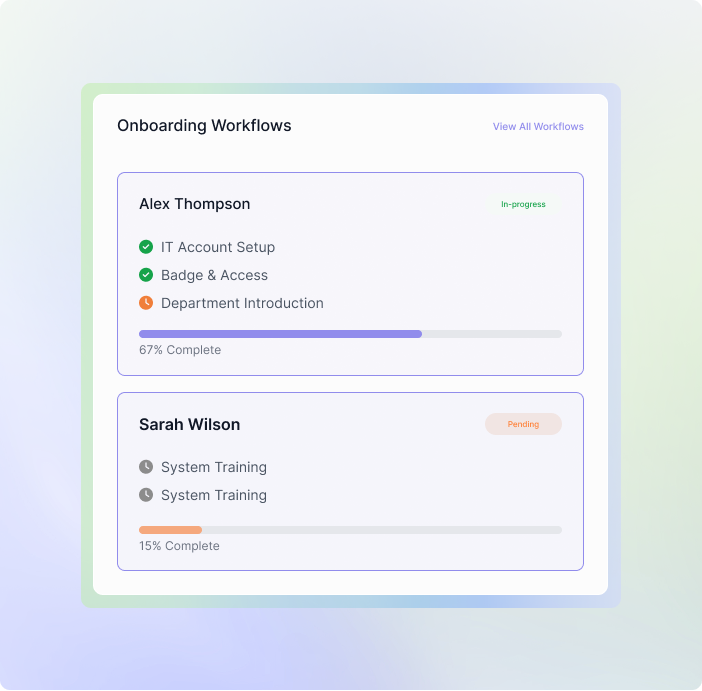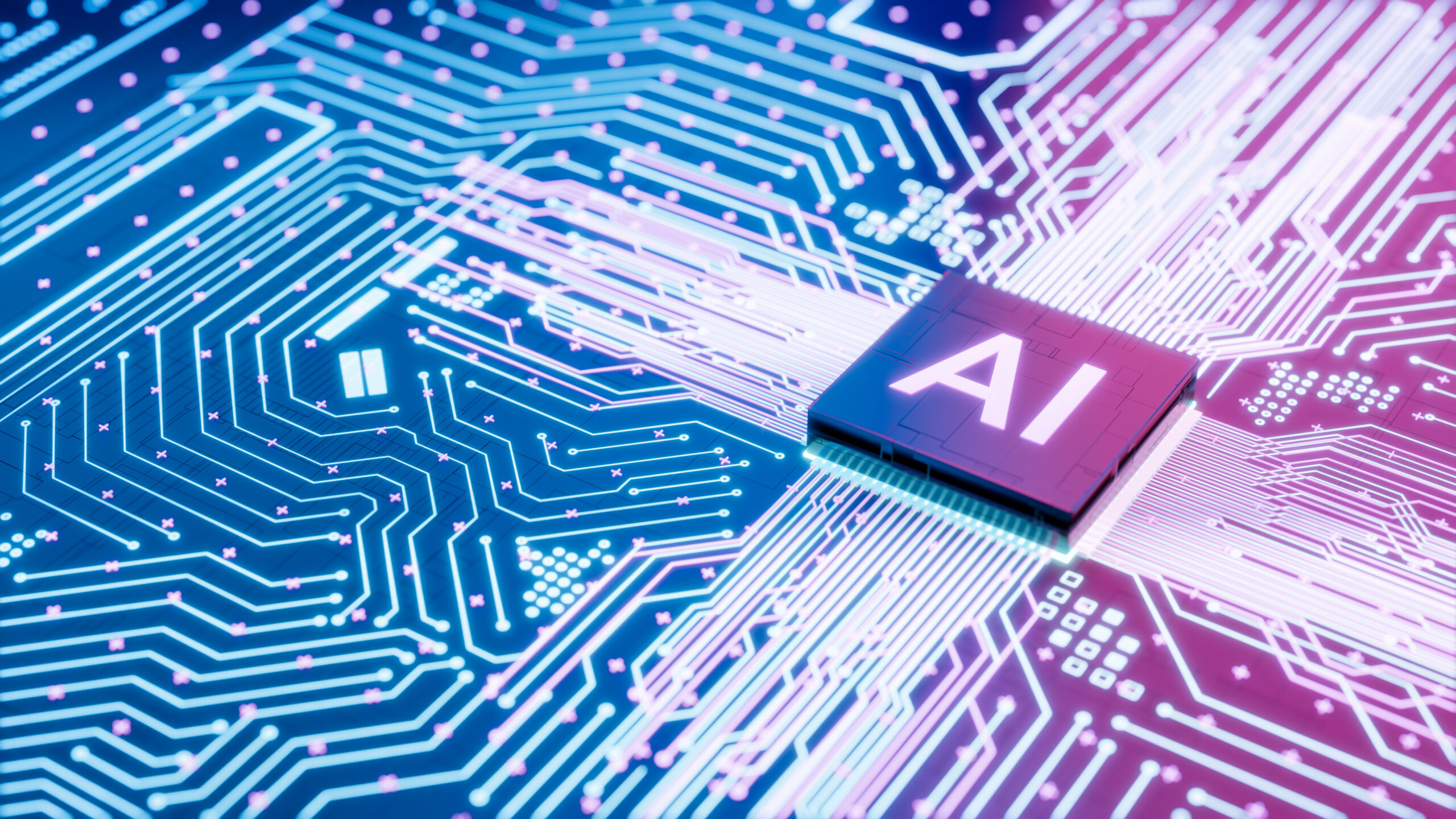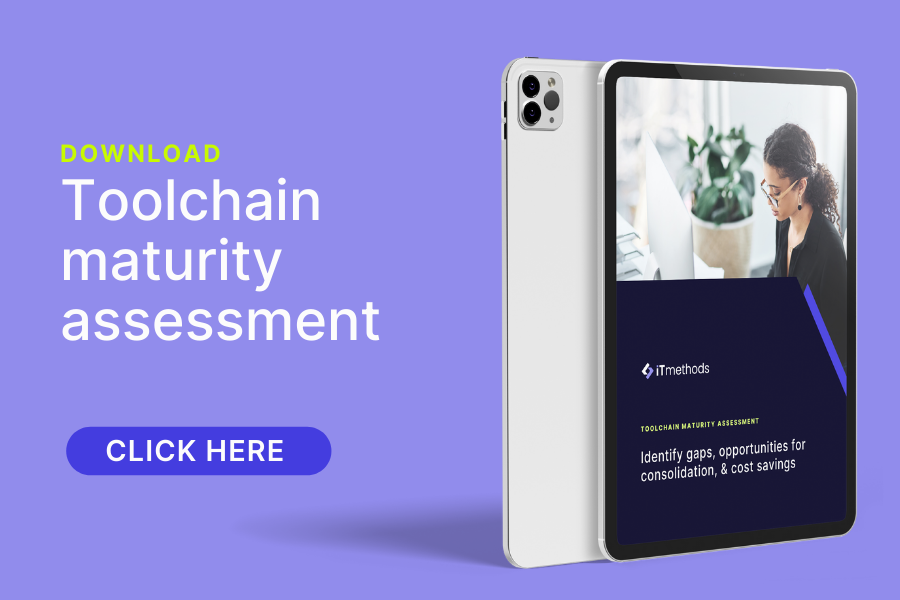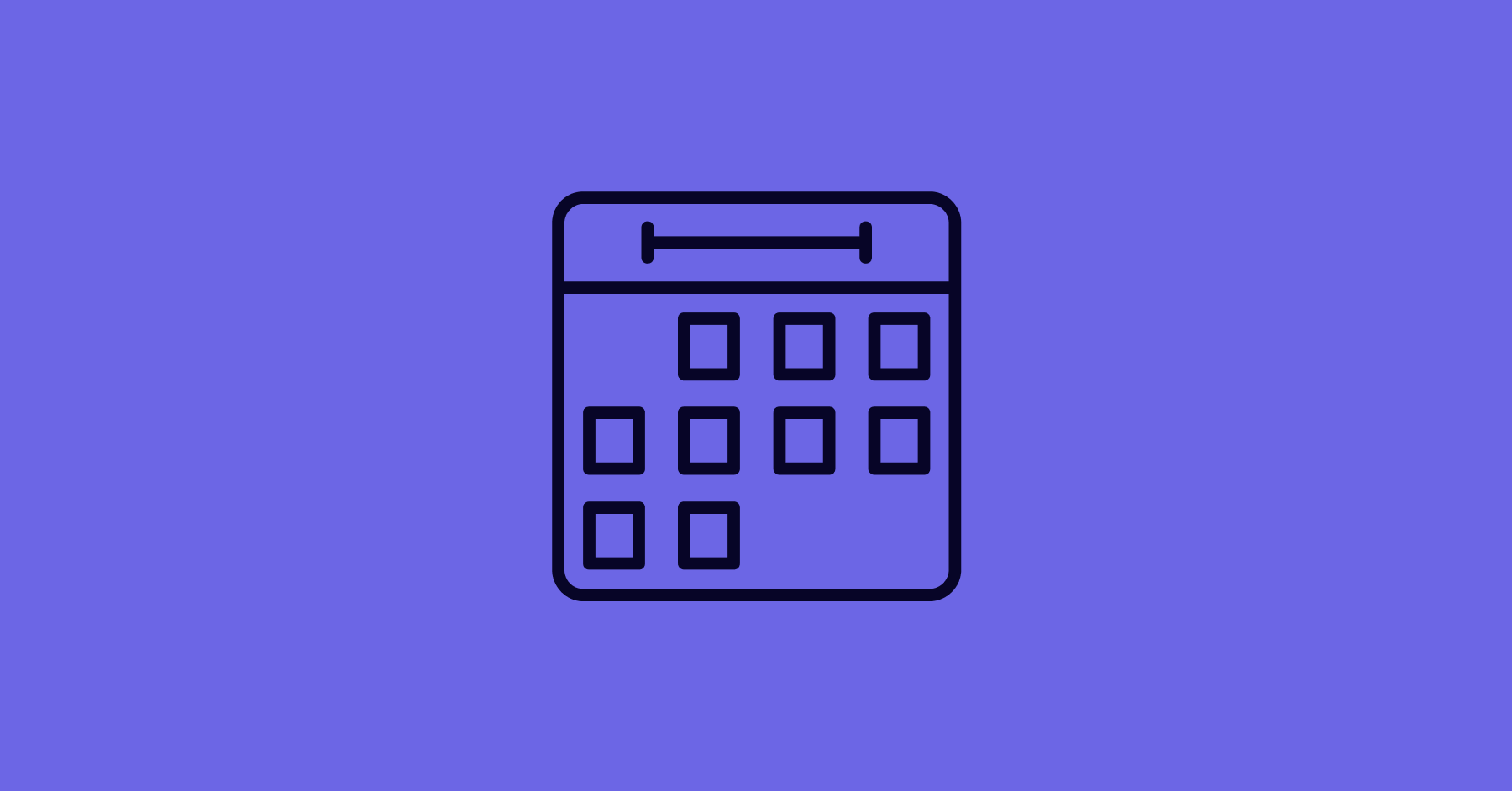
AI is transforming how organizations work, learn, and grow. It’s not just a technology project; it’s a people transformation.
Until now, most conversations about AI adoption have been led by IT and innovation teams. They focus on infrastructure, compliance, and data security. Those are essential foundations, but they don’t capture the full picture. The real impact of AI is human. It changes how employees collaborate, make decisions, and find purpose in their work.
That’s why HR has a critical role to play in how companies adopt and manage AI. It’s no longer just an IT initiative.
AI is a people transformation, not just a tech one
AI tools are already reshaping the employee experience. From scheduling and onboarding to performance management and learning, they touch nearly every part of the HR function. But without clear strategy or oversight, these tools can create confusion, inconsistency, and even burnout.
The organizations getting it right start with a problem-first approach to AI. They focus on solving real challenges for people, removing friction, reducing repetitive work, and improving communication.
HR is uniquely positioned to lead that change. They understand the employee journey, company culture, and where technology can make the biggest impact. This perspective makes HR essential to building agentic AI applications with a problem-first approach, ensuring every initiative aligns with both business outcomes and human needs.
Three reasons HR needs to be at the table
1. Employee retention starts with empowerment
When implemented thoughtfully, AI tools for HR can be a powerful driver of engagement and retention. Automating low-value tasks gives employees time to focus on the meaningful parts of their jobs.
But if AI is rolled out without communication or trust, it can increase anxiety about job security. HR leaders are best equipped to ensure AI adoption empowers people rather than replaces them. It’s about creating balance to give employees smarter tools that make their work easier and more rewarding.
2. AI burnout is real and avoidable
The same tools that promise productivity gains can also cause stress if they’re not introduced with support and clarity. When employees are told to “use AI” but aren’t trained or guided, it leads to frustration and fatigue.
HR can mitigate this by leading AI literacy and enablement programs that help employees understand how to use AI safely and effectively. By making AI part of the learning and development strategy, HR ensures that adoption feels empowering instead of overwhelming.
3. Reducing friction between business and IT
In many organizations, AI adoption has already begun informally. Employees experiment with tools that may not be secure or compliant, creating risk for IT.
This is where HR can bridge the gap. Working with IT, HR can help set responsible usage policies and establish safe environments for employees to innovate. Together, they can align on governance and rollout plans that balance empowerment with protection.
That’s especially important as more agentic AI companies and low-code AI agent platforms enter the market. These solutions promise speed and accessibility but often lack enterprise-grade security and compliance. HR can be the voice ensuring that innovation happens responsibly.
Why this matters now
AI adoption is moving faster than most organizations can manage. Every department is experimenting with new tools, yet few have the governance frameworks in place to manage AI responsibly.
Without HR’s involvement, companies risk a disconnect between technology potential and human readiness. The result is wasted investment, cultural friction, and lower trust.
When HR leads the people side of AI adoption, the outcome is completely different:
- Employees feel included and supported.
- AI becomes a driver of engagement and efficiency instead of anxiety.
- The organization moves faster because adoption happens responsibly and consistently.
How HR can lead the charge
HR doesn’t need to be technical to guide this transformation. Here are four practical ways to get started:
- Partner with IT and Security to co-own AI deployment and governance.
- Create an AI enablement program to train employees on responsible AI use.
- Integrate AI into the employee experience by improving onboarding, knowledge sharing, and development.
- Measure beyond productivity by tracking engagement, retention, and well-being.
These steps position HR as the bridge between innovation and responsibility, ensuring that AI enhances work without eroding culture.
How iTmethods and ONE agent can help
At iTmethods, we help organizations simplify and secure how they manage and deploy AI across the enterprise. Our ONE agent platform acts as the easy button for operationalizing AI — combining the usability of low-code AI agents with the enterprise governance, compliance, and control large organizations require.
With ONE agent, HR and IT leaders can:
- Deploy AI agents for HR that automate onboarding, policy management, and internal communications.
- Manage all AI activity within their own cloud environment for full security and compliance.
- Leverage multi-AI agent security technology that safeguards sensitive employee and company data.
- Deliver consistent, governed AI adoption across every department without needing in-house AI engineers.
ONE agent is designed for companies that want to empower employees with AI while keeping control and compliance at the center.
It bridges the gap between innovation and governance — giving HR and IT a shared platform to manage, secure, and scale their AI ecosystem.

The bottom line
The future of AI in the workplace isn’t just technical, it’s cultural. HR is uniquely positioned to ensure that AI adoption enhances work, strengthens engagement, and supports long-term retention.
With ONE agent, iTmethods helps HR and IT teams make that future a reality. We provide the infrastructure, security, and simplicity needed to enable AI safely, giving every organization the confidence to say yes to innovation.
ONEagent is the foundation for responsible, scalable AI deployment and the easiest way to operationalize AI across your enterprise.







